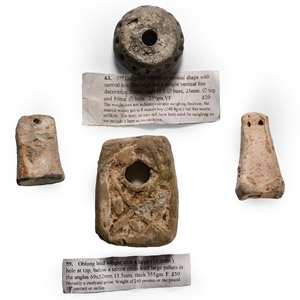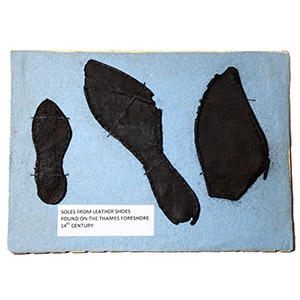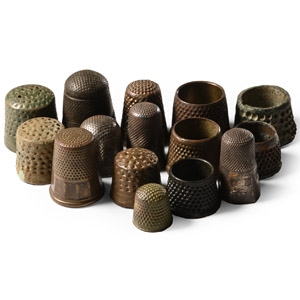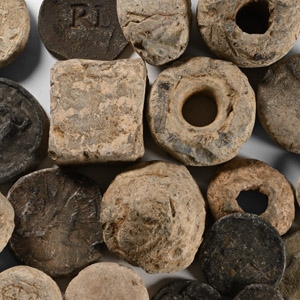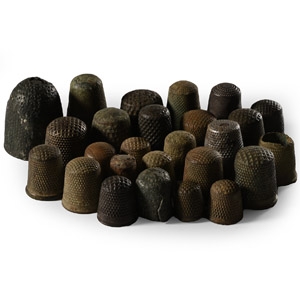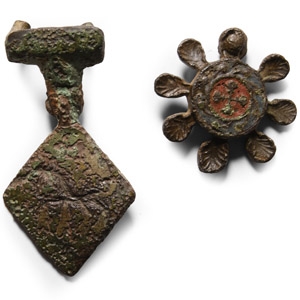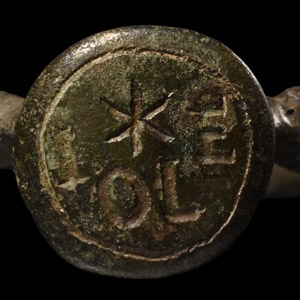Home > Auctions > 3 - 8 September 2024
Ancient Art, Antiquities, Natural History & Coins
Auction Highlights:
Acquired 1990s-early 2000s.
East Anglian private collection.
Private collection, Buckinghamshire, UK; formed in the 1980s.
Property of a Scottish collector, acquired in 2013.
Cf. Webb, J., Buckles Identified, Brentwood, 1981, figs.67.86,163, for similar buckles.
Three buckles from this set can be dated to the 16th, 17th and 18th centuries A.D. Very often the pin of these buckles was made of brass, and some were used for the sword's or sabre's baldric, positioned across the right shoulder of the body.
Ex Simmons Gallery, 1990s.
Accompanied by two typed information slips.
From the collection of the famous author, writer and speaker, Gordon Bailey, Essex, UK; formed since 1968.
Cf. PAS no.HAMP-EB11B5, for similar shoe sole.
The collectioncomprises a 'family' group: sole of adult male shoe, of adult female shoe and a child's shoe. The Thames is a prolific place for such kind of finds: Tudor soles, large men’s and female soles, petite lady’s soles and the soles from children's shoes. Some of them have been found with an ‘X’ cut into them and several still have the outline of the original owner’s toes.
From the collection of the famous author, writer and speaker, Gordon Bailey, Essex, UK; formed since 1968.
In England, thimbles first occurred around 1300, probably under the influence of the Hispano-Moresque examples. However, it wasn't until around 1350 that thimbles became objects of everyday use in England.
Found on various UK sites since 1974.
Property of an Essex collector.
From the collection of the famous author, writer and speaker, Gordon Bailey, Essex, UK; formed since 1968.
Found UK.
From the collection of a Wiltshire, UK, gentleman, 1990s.
From the private collection of the late Victor Brox.
From the collection of the famous author, writer and speaker, Gordon Bailey, Essex, UK; formed since 1968.
Bailey, G., Detector Finds 2, Witham, 1995, p.50-51, no.7, for the mount, and 31, for the lozenge-shaped pendant.
The earliest known examples of heraldic pendants appeared in 12th century A.D., when the heraldry became popular among the western medieval knights, and their use as horse harness developed further in 13th-15th centuries A.D.
Ex German art market, 2000s.
Acquired from an EU collector living in London.
From the collection of Surrey, UK, gentleman.
Cf. Chadour, A.B., Rings. The Alice and Louis Koch Collection, volume I, Leeds, 1994, item 643, for type.
Found whilst searching in Devon and Somerset, UK.
1477 - 1488 of 3369 LOTS

.jpg)

.jpg)
.jpg)
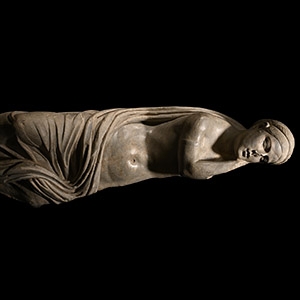
.jpg)
.jpg)

.jpg)
.jpg)
